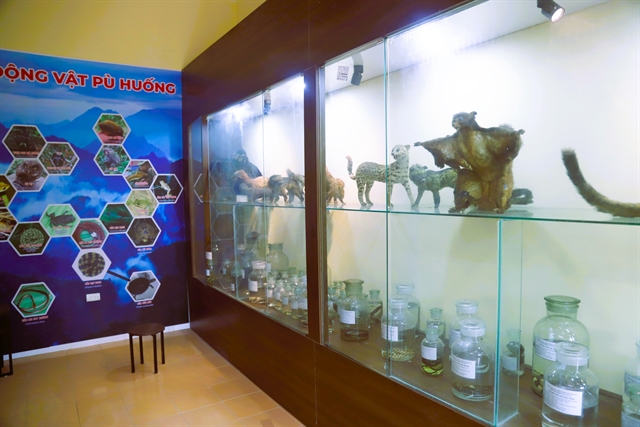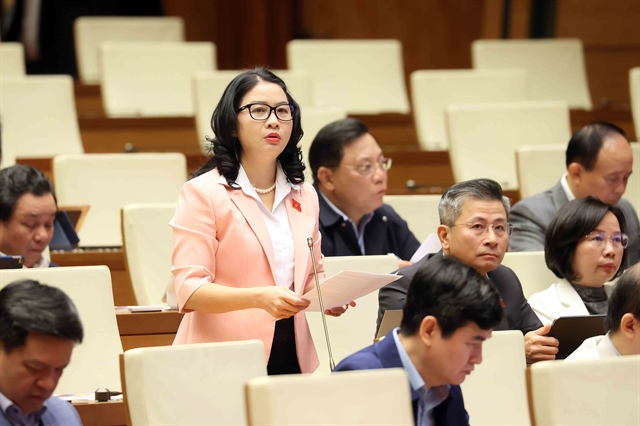 Politics & Law
Politics & Law
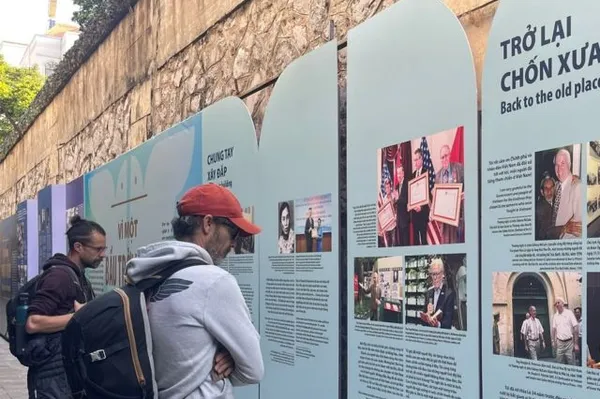
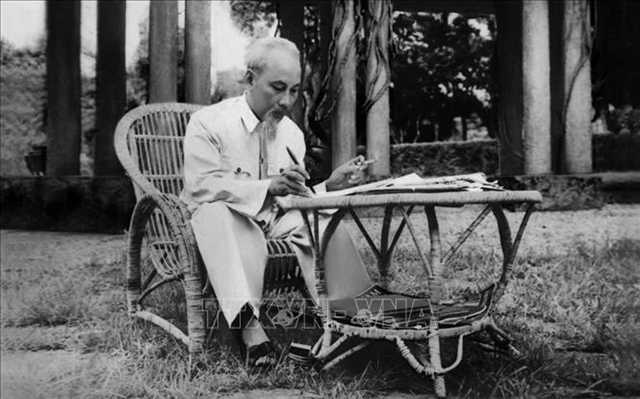 |
| President Hồ Chí Minh spent time reading, commenting on and editing articles of the Vietnam News Agency. VNA/VNS Photo |
By Nguyễn Khánh Chi
Long before he became the revered leader of an independent Việt Nam, President Hồ Chí Minh was a journalist with a mission: to give a voice to the voiceless, to expose injustice and to connect the Vietnamese struggle with the broader currents of global liberation.
His pen, as sharp as his political instincts, became his first weapon in the long fight against colonialism.
A documentary titled Journalist Hồ Chí Minh, produced by the People’s Army Cinema in 2020, highlighted that President Hồ was not only an eminent political leader and a great cultural figure, but also a brilliant journalist who laid the groundwork for Việt Nam's revolutionary press.
 |
| An introduction of the establishment of 'Le Paria' in France in 1922 at the Vietnam Press Museum in Hà Nội. VNS Photo Khánh Chi |
The establishment and growth of Vietnamese journalism have been firmly rooted in the ideology of revolutionary Nguyễn Ái Quốc, an alias of President Hồ since its earliest days.
By the end of 1917, President Hồ Chí Minh, then known as Nguyễn Ái Quốc, embarked on his revolutionary journalist journey. From those early days in France, he clearly understood that the press was a sharp moral weapon against the enemy and a vital means of communication for promoting revolutionary movements.
He began writing articles that denounced colonialism and fought for the independence and justice of colonised peoples worldwide, including those in Việt Nam.
In 1922, after overcoming numerous challenges, Nguyễn Ái Quốc, and his comrades in the Intercolonial Union established the newspaper Le Paria in France. The preface of its first issue, published on April 1, 1922, stated its motto as a "fighting weapon, its mission is clear: to free the people".
Nguyễn Ái Quốc's contributions to Le Paria were tremendous, and his writing remains compelling to this day, according to French writer and historian Jean Lacouture in the documentary. He described the writing as that of a master strategist.
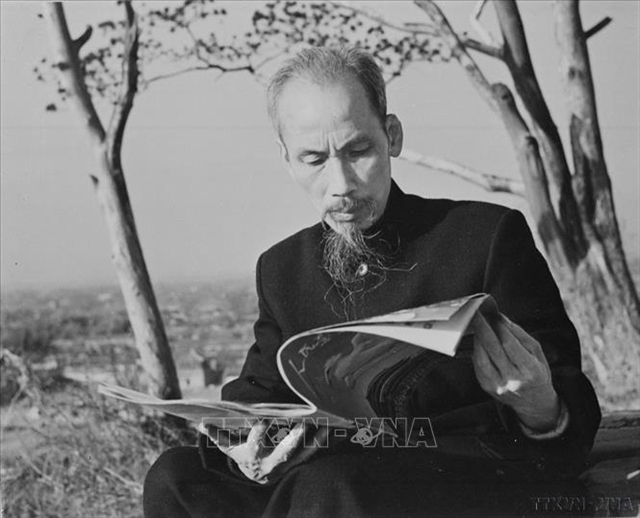 |
| President Hồ Chí Minh reading a Chinese newspaper during a visit to China in 1953. VNA/VNS Photo |
The documentary noted that Nguyễn Ái Quốc’s articles in Le Paria resonated deeply with readers in the colonies, earning widespread support and praise. Letters poured in from around the world, containing donations for the newspaper and requests for long-term subscriptions.
A fateful bond
“Hồ Chí Minh never identified himself as a poet, journalist or writer. Instead, he only considered himself as someone with a 'fateful bond' with the press, a political commentator, a propagandist and a professional revolutionary," said Bùi Đình Phong, PhD, associate professor at the Hồ Chí Minh National Academy of Politics.
Spanning 50 years of journalistic activities, President Hồ wrote over 2,000 articles, more than 270 poems, and 500 pages of memoirs and short stories in different languages, all dedicated to one sole mandate: national liberation.
"The great revolutionary journalist Hồ Chí Minh established a legacy of record-breaking achievements that few in his field have matched over the last century,” Phong told a national seminar recently held to mark 100 years of revolutionary journalism in the country.
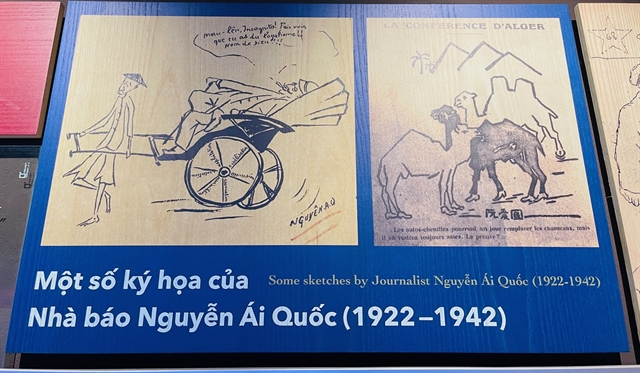 |
| Some sketches by Nguyễn Ái Quốc (1922-1942) at the Vietnam Press Museum in Hà Nội. VNS Photo Khánh Chi |
He founded or co-founded numerous publications, including Le Paria (1922), Thanh Niên (1925), Lính Kách Mệnh (1927), and Việt Nam Độc Lập (1941), among others. Furthermore, he contributed articles to many domestic and international newspapers, writing in various languages such as Vietnamese, French, Russian and Chinese, Phong said.
According to the article Keeping the Revolutionary Fire Through Each Letter, published in the Quân đội nhân dân (People's Army) newspaper in 2021, Nguyễn Ái Quốc’s earliest piece in archive was Vấn đề bản xứ (The Indigenous Question). It was published in the French daily newspaper L'Humanité on August 2, 1919.
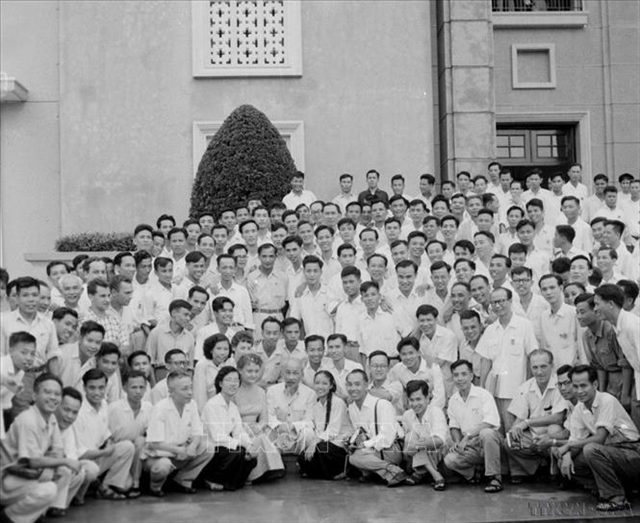 |
| President Hồ Chí Minh posing for a group photo with Vietnamese and foreign journalists covering the 3rd National Party Congress in September 1960. VNA/VNS Photo |
His final article Nâng cao trách nhiệm chăm sóc và giáo dục thiếu niên, nhi đồng (Enhancing Responsibility for the Care and Education of Teenagers and Children), was run in the Nhân Dân (The People) newspaper on June 1, 1969.
“His themes, content, forms and writing styles were incredibly diverse and rich, featuring a unique and creative authorial technique. However, they were consistently unified in their guiding principles, purpose, viewpoints and political ideology," added Phong.
An exceptional journalist
In an article in Tạp chí Lịch sử Đảng (Journal of Vietnam Communist Party History, issue No 4, 2010), Hoa Đình Nghĩa of the Hồ Chí Minh Museum wrote that Hồ Chí Minh's articles always demonstrated profound knowledge, rich life experience and a swift grasp of information and current events.
"His writing style was concise, simple and clear. When writing for newspapers, he always upheld a high sense of social responsibility, thinking deeply about his content and being meticulous with his words and ideas to ensure that the masses could easily understand and engage with the information," Nghĩa wrote.
"In his early days as a writer, he would revise an article many times to perfect it. At first, he would write at length, then edit it down to be concise and succinct while still retaining all necessary and important content," Nghĩa wrote. "This became such a habit that even as President, after finishing an article, he would often read it aloud to those around him for feedback.”
One of the most important reasons Hồ Chí Minh achieved the stature of a brilliant journalist, according to Phong of the National Academy of Politics, was that when writing, one must always understand who they are writing for and what the purpose is. Hồ Chí Minh's career and journalistic legacy provided a convincing answer to these questions, Phong said.
"Hồ Chí Minh wrote for numerous newspapers, each with different contexts, audiences, purposes and methods of expression," he said. "His experience in journalism was a reverse experience: he first learned to write journalism in French, then in Chinese and only after that did he learn to write in Vietnamese."
During his years in France, when writing for the newspaper La Vie Ouvrière (The Worker's Life) and even when he was the editor-in-chief, publisher, distributor and seller for Le Paria, his primary target audience was the fellow oppressed and the Vietnamese workers who could not read French.
In the newly released photo book 100 Years of Việt Nam’s Revolutionary Press, published by the Vietnam News Agency Publishing House, it is noted that after a period of study and work in the Soviet Union in 1923-1924, where he wrote for Pravda (The Truth) and other publications, Nguyễn Ái Quốc moved to Guangzhou, China, in November 1924.
His mission was to prepare for the launch of a new political newspaper and to train a new generation of Vietnamese revolutionaries.
The following year, he founded the Vietnamese Revolutionary Youth League and launched its official publication, the Thanh Niên (Youth) newspaper. This milestone marked the birth of Việt Nam's revolutionary press. VNS



